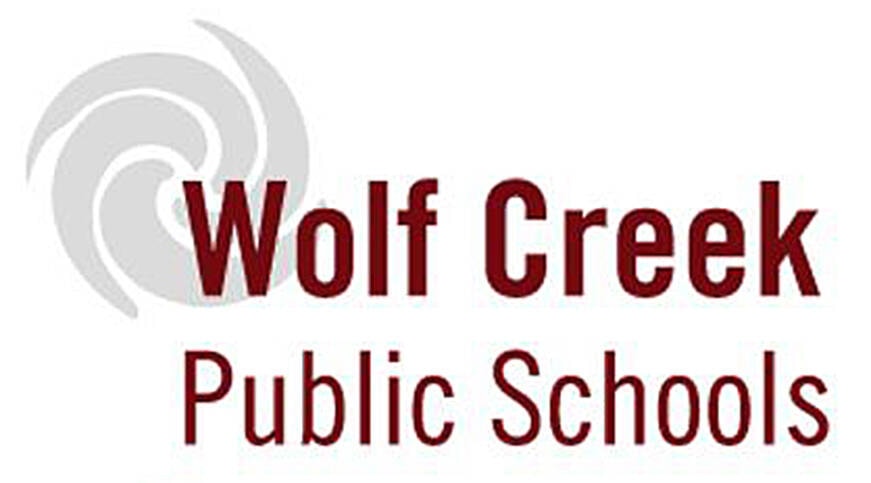Students at Wolf Creek Public Schools (WCPS) have more opportunities than ever before when it comes to dual credit options at the high school level. And thanks to a recent $100,000 grant from the Alberta government, those opportunities can continue to grow.
Dual credit programs allow students to take college or university-level courses while still in high school, earning credits in both education systems. Sean Lougheed, director of education services with WCPS, said dual credit programs are funded through the school division, so there’s little to no cost for the student.
“We’ve been doing dual credit programs for about eight years now,” said Lougheed. “Within WCPS, it continues to grow for us and it has been an area we want to support.”
Currently, WCPS offers about 100 different dual credit opportunities for students, spanning business, trades, health, hospitality and tourism and more academic type options. With this grant, Lougheed said the school division would be looking to expand opportunities in healthcare, trades and technology.
“We just got the grant, so we’re still exploring,” he said, adding that the school division will spend this school year developing new opportunities with Red Deer Polytechnic (RDP), because the school was named on the grant with WCPS, and then the new programming will be ready for students next year.
“That’s the model we have used previously, and we’ve had great success with that.”
Over the past eight years since WCPS began implementing dual credit programs, the school division has received or been part of government grants three or four times, Lougheed explained.
“We have good partnerships with post-secondary institutions and other school divisions in the area,” he said. “We’re all working together to support our kids and create more opportunities.”
Over 255 WCPS students participate in a dual credit program and Lougheed said the school board’s statistics show that 100 per cent of students who have been enrolled in a dual credit program go on to graduate high school and 100 per cent enroll in post-secondary school of some kind within three years of graduating.
“Those are pretty strong numbers,” Lougheed said, adding that participating in dual credit programs allows students to explore post-secondary options and really get a feel for what the experience is like.
“It gives them a taste of, ‘I can do this,’” Lougheed said. “It’s really a continuous education cycle. We’re working with them to look at what careers they want, what’s out there and what they can do in post-secondary. We’re preparing them for these opportunities and where they want to go in their lives.”
Lougheed said that by working so closely with post-secondary institutions to develop these programs, the school division can get a better sense of what opportunities and jobs are out there, and in turn the teachers can help to educate and guide students as they move forward.
WCPS works with several post-secondary institutes, but Lougheed said the four major partners for the school division are RDP, Olds College, SAIT and Athabasca University.
“We want to offer dual credit opportunities for all of our students,” Lougheed said, including trades education, certificate programs, micro-credential programs, diploma and degree options. For example, a student can earn a healthcare aide certificate during a dual credit program or complete the first year of a trades education and then arrange to complete the necessary hours over the summer months. For students leaning more towards academics, they can take courses toward a degree and get a taste for what the program would be like.
“We’re really looking at high school and beyond,” said Lougheed. “Really, what’s happening is we’re working with these post-secondary schools and it’s more of a transition. So instead of us dropping off and the post-secondary school picking up, it’s a transition and it’s far more seamless and a better experience for our students.”
Chinook’s Edge School Division and Red Deer Catholic Regional Schools also received government funding through this grant.
